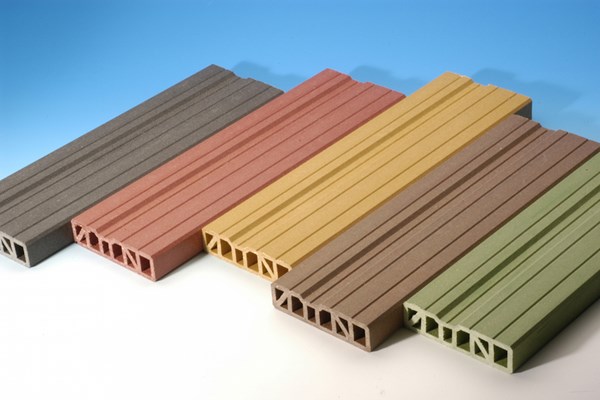Strong Growth Projected for Wood-Plastic Composites Market
North America held the largest share of the multi-billion dollar market in 2015.
North America held the largest share of the multi-billion dollar market in 2015.
I remember reporting on wood-plastic composites products, primarily weatherable decking, well over a decade ago when quality issues would steadily crop up. Not only has this market nicely matured with a broad spectrum of quality products, including decking, fencing, railing, trim and automotive parts, but its growth pattern is strong.
This according to a new study from India-based global market research firm MarketsandMarkets, “Wood Plastic Composite Market by Type (PE, PVC, PP,others), Application (Building & Construction Products, Automotive Components, Industrial & Consumer Goods, Others), Region (North America, Europe, Asia-Pacific, RoW)—Global Trends & Forecast to 2021.” Here are some of the study’s key highlights:
• The wood-plastic composites market is projected to reach $5.84 billion, at a compound annual growth rate of 12.4% for the forecast period of 2016 to 2021.
• North America accounted for the largest share of the wood-plastic composites market in 2015, followed by Asia-Pacific and Europe.
• North America is one of the globe’s major producers of wood-plastic composites. Increasing investment in infrastructure projects, followed by replacement of old housing infrastructure with advanced materials, are the key drivers in this region.
• Building & construction is the largest application of wood-plastic composites and constituted a major share of the total wood-plastic composite market by application in 2015. The growing demand for wood-plastic composites from this market segment is projected to drive the demand in coming years thanks to the superior performance benefits, durability, and low maintenance cost of these composites as compared to that of conventional materials.
• Polyethylene constitutes the largest wood-plastic composite type, capturing over half of the total wood-plastic composite market share in 2015 among type segments. The superior molecular structure and stability makes PE type wood-plastic composites a robust, high-performing material for applications, thus creating a healthy market demand for the same, says the M&M study.
The following are among some of the prominent players in the wood-plastic composites market identified by the study:
• Trex Company, Inc. (U.S.)
• Advanced Environmental Recycling Technologies, Inc. (U.S.)
• Universal Forest Products, Inc. (U.S.)
• Fiberon, LLC (U.S.)
• TAMCO Building Products, Inc. (U.S.)
• TimberTech (U.S.)
• Axion International, Inc. (U.S.)
• Beologic N.V. (Belgium)
• Certain Teed (U.S.)
• Fkur Kunststoff GmbH (Germany)
• Josef Ehrler GmbH & Co. KG (Germany)
• Polymera, Inc. (U.S.)
• Polyplank AB (Sweeden)
Look for more on wood-plastic composites in PT’s materials database or PT’s Wood & Natural Fiber Compound Zone; photo courtesy Lanxess.

Related Content
-
How to Extrusion Blow Mold PHA/PLA Blends
You need to pay attention to the inherent characteristics of biopolymers PHA/PLA materials when setting process parameters to realize better and more consistent outcomes.
-
PHA Compound Molded into “World’s First” Biodegradable Bottle Closures
Beyond Plastic and partners have created a certified biodegradable PHA compound that can be injection molded into 38-mm closures in a sub 6-second cycle from a multicavity hot runner tool.
-
BASF Highlighting How They 'Make, Use and Recycle Future Solutions'
NPE2024: BASF is using its proprietary computer-aided engineering tool Ultrasim when designing for sustainability in a broad range of industries.
















